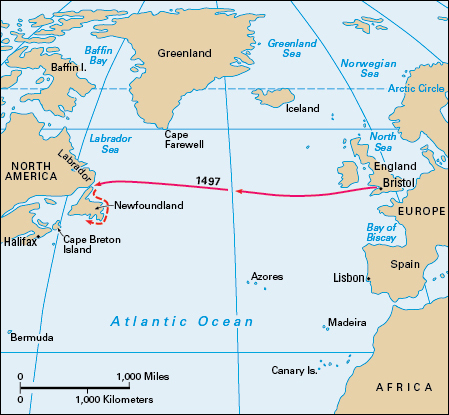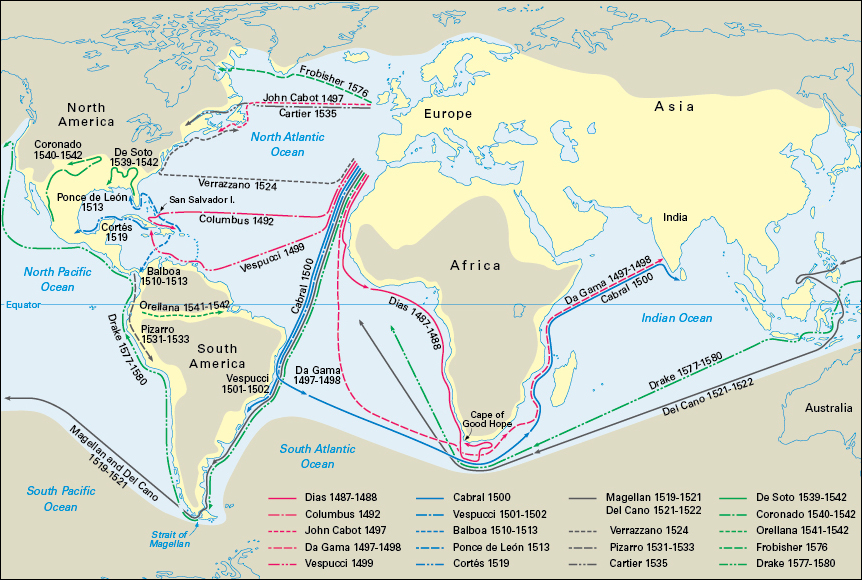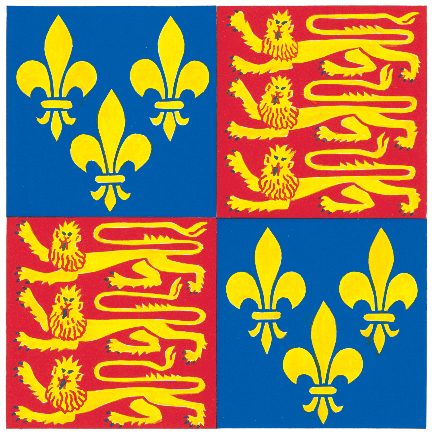Cabot, John, was an Italian navigator who sailed the Atlantic Ocean from Europe to North America in 1497. His was the first recorded voyage across the North Atlantic since the Vikings explored Canada about A.D. 1000. Cabot wanted to reach East Asia by sailing west, but he did not realize that America lay in his path. He explored the island of Newfoundland, and possibly the coasts of southeastern Labrador and Cape Breton Island, in what is today eastern Canada.

The date and place of Cabot’s birth are unknown. Some records suggest he was born in Italy as Zuan Chabotto. Cabot grew up in Venice, Italy, a city famous for the skill of its sailors.

In 1492, the Italian navigator Christopher Columbus sailed from Spain to the Caribbean Islands. People assumed he had reached Asia. Cabot believed there was a shorter route than the one Columbus had taken. About 1495, he went to Bristol, England, seeking merchants to invest in a voyage to East Asia. Although this effort was unsuccessful, he managed to find investors for another voyage. In 1496, King Henry VII of England gave Cabot permission to explore lands “unknown to all Christians” for England.
Cabot set sail from Bristol in May 1497 on a small ship, the Mathew. He took a crew of about 20 men. On June 24, 1497, Cabot sighted land somewhere in Atlantic Canada. His son Sebastian later claimed that this was Cape Breton, in present-day Nova Scotia, but his claim is questionable.
Cabot and his crew landed only once. Armed with crossbows, they remained close to the shore. They planted the flags of England and Venice and raised a cross for the Roman Catholic Church. They also found animal traps, fishnets, and a weaving tool. Cabot and his crew were probably in Newfoundland, where the Beothuk people lived. Cabot believed he had reached Asia. He recorded the latitude of what is now the tip of Newfoundland’s Great Northern Peninsula. 
After Cabot returned to England in August 1497, King Henry gave him a handsome reward. The king also decided to invest in a second, larger expedition in 1498. Meanwhile, the Mathew‘s crew told of huge schools of fish off the mysterious coasts they had explored.
Cabot’s second voyage ended in disaster, and he and his ships were lost. Although he did not discover a new route to Asia, Cabot reopened European contact with North America and discovered rich fishing areas. From 1500 to 1800, thousands of Europeans crossed the Atlantic to fish along the Newfoundland coast.
